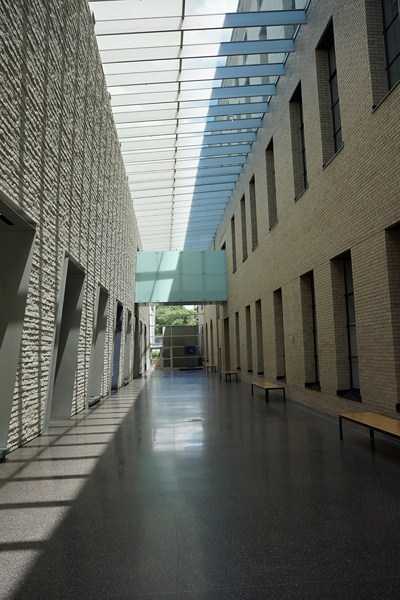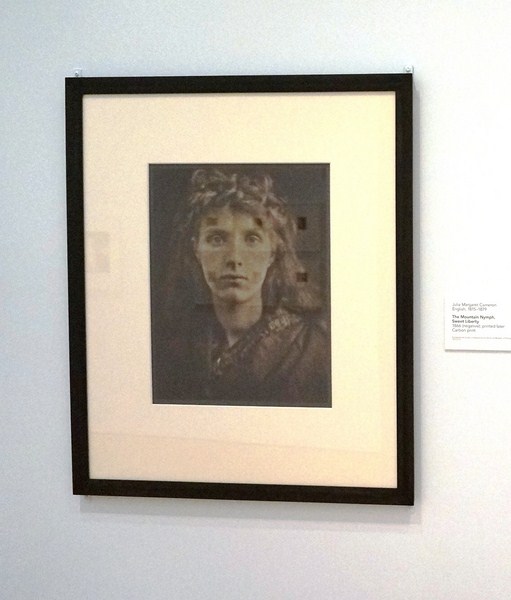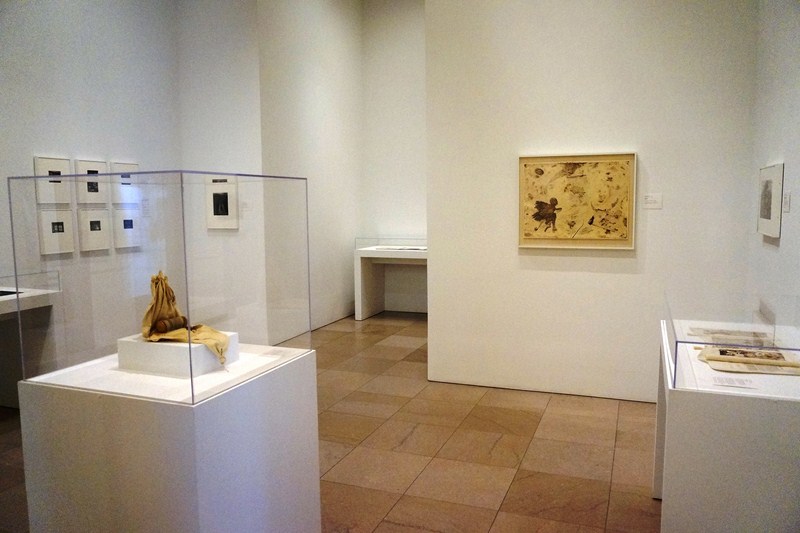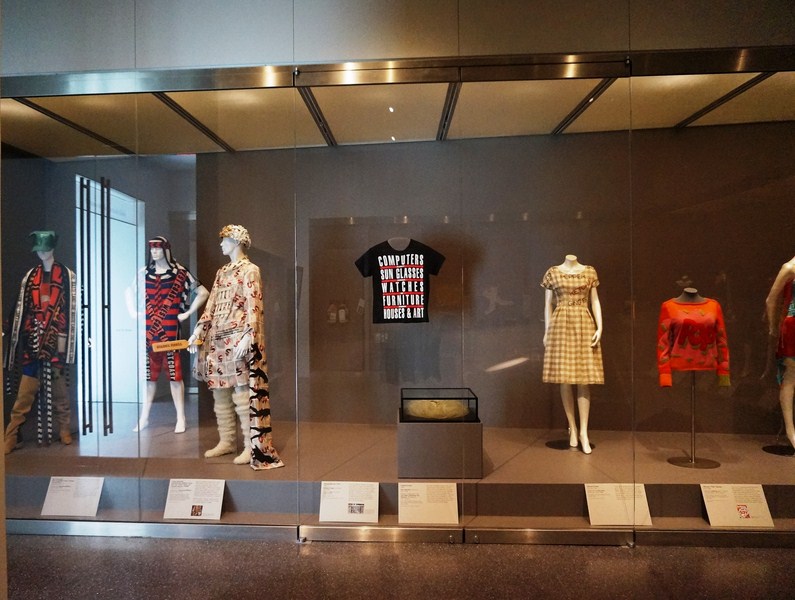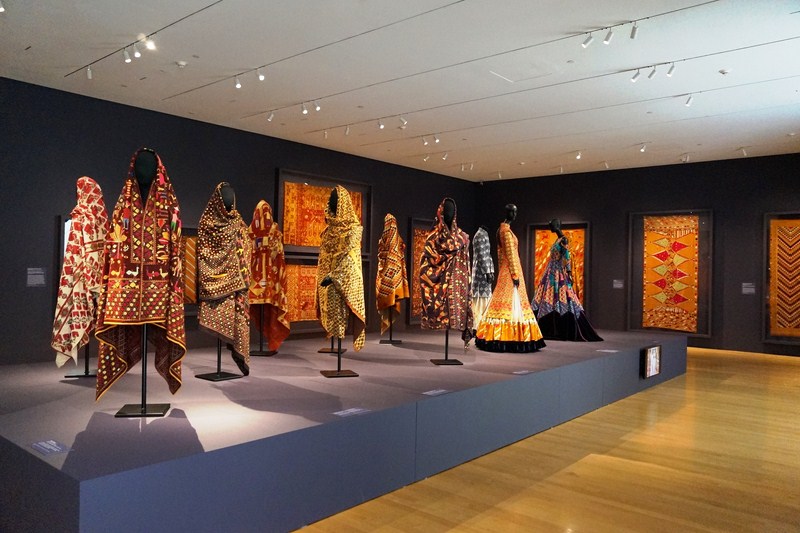The landmark Ruth and Raymond G. Perelman Building, an annex of the Philadelphia Museum of Art, is a focus for learning, connoisseurship, and sheer enjoyment of works of art and an important catalyst for the Philadelphia region’s ongoing cultural renaissance. Its style reflects the moment of transition from early twentieth-century historicism to the geometric Art Deco design of the 1920s and 1930s.
Set within a lively urban neighborhood and occupying a trapezoid-shaped, two-acre site bordered by Pennsylvania and Fairmount Avenues and 25th and 26th Streets, it faces the main building of the Philadelphia Museum of Art across Kelly Drive and is among the most distinctive architectural structures along the Benjamin Franklin Parkway.
The Perelman Building, one of the finest Art Deco structures in Philadelphia, was designed by the Philadelphia architectural firm Zantzinger, Borie and Medary (together with architects Horace Trumbauer and Julian Abele, they also designed the Museum’s main building) to be the headquarters for Fidelity Mutual Life Insurance Company which occupied the building until 1972.
Its color advisor was the scholar Leon Solon who also advised the Philadelphia Museum of Art on the color scheme of its celebrated glazed terra cotta decoration and pediment. Its decorative scheme was created by sculptor Lee Lawrie (1877–1963) whose work also adorns the Rockefeller Center, the Library of Congress and the National Academy of Sciences.
Construction of the building began in 1926 and, upon completion in 1928, was called “the Gateway to Fairmount Park.” The original structure had 125,000 sq. ft. of interior space. In 1973, the structure was listed in the National Register of Historic Places, and in 1980 in the Philadelphia Register of Historic Places.
In 1982, the building was acquired and restored by the Reliance Standard Life Insurance Company which, in turn, relocated in 1999. That same year, the Philadelphia Museum of Art acquired the building through the City of Philadelphia. In 2000, in recognition of the US$15 million contributed by the Perelmans, the annex was renamed the Ruth and Raymond G. Perelman Building.
In anticipation of the museum’s 125th anniversary in 2001, Gluckman Mayner Architects was selected for the restoration and renovation of the historic building, In October 2004, following a groundbreaking celebration for its donors (US$240 million in donations were collected), the major construction began in earnest and the original building was expanded by a 5,500 m2 (59,000 sq. ft.) addition (a library; a café overlooking a landscaped terrace; a new bookstore; a soaring skylit walkway; etc.). The Perelman Building was opened on September 15, 2007.
The elaborate polychrome façade, the most elaborately sculpted facade of any twentieth-century building in the city of Philadelphia, is built with Indiana limestone highlighted with color and gilding and lavishly decorated with Egyptian-inspired sculpture of flora and fauna symbolizing attributes of insurance – owl (wisdom), dog (fidelity), pelican (charity), opossum (protection) and the squirrel (frugality). There are also numerous other reliefs such as the Seven Ages of Man and the Perils of Land, Sea, and Air on the Earth’s Four Great Continents.
The building’s north and south pavilions are joined by a soaring, cathedral-like arched main entrance facing the Benjamin Franklin Parkway, a celebrated example of Philadelphia’s inspired urban planning of which the building was designed to be an integral part. It also has gleaming rows of windows and a bright interior.
The Perelman Building has now been dramatically recast in a new role as the gateway to the future for the Philadelphia Museum of Art, the first phase of a master plan to expand and modernize the Museum. The new six galleries, totaling 190 m2 (2,000 sq. ft.) of exhibition space, and study centers showcase some of the Museum’s most comprehensive, colorful, and cutting-edge collections. The galleries are:
- The Julien Levy Gallery – dedicated to photographs from the museum’s collection of over 150,000 prints, drawings, and photographs.
- The Joan Spain Gallery – dedicated to exhibition of the museum’s costume and textiles collection, which has over 30,000 works.
- The Collab Gallery – shows modern and contemporary design art ranging from furniture to ceramics.
- The Exhibition Gallery – hosts changing special exhibitions.
- Two study galleries provide resources to art scholars (available to the public by appointment) and an educational resource center for teachers.
- The museum library – holds collections of art books and periodicals on the first floor and a reading room on the second floor
Like the main museum building, the Rodin Museum, and two historic houses in Fairmount Park (Mount Pleasant and Cedar Grove), the Ruth and Raymond G. Perelman Building is owned by the City of Philadelphia.
Ruth and Raymond G. Perelman Building: Fairmount and Pennsylvania Aves., Philadelphia, Pennsylvania


